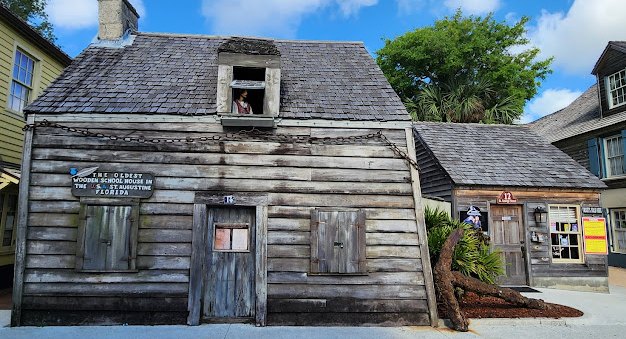Oldest Continuously Occupied European Settlement In The Contiguous United States
Menéndez, before his establishment of St. Augustine, held a prominent position as the commander of the Spanish Treasure Fleet. This fleet traveled from the Caribbean and Mexico to Spain, transporting valuable goods and treasures. In 1564, Menéndez sought permission from the crown to explore Florida and search for a lost ship. However, his request was denied repeatedly. Nevertheless, the crown eventually approached Menéndez with an alternative proposal. They asked him to explore and settle in Florida as King Philip's adelantado, with the additional objective of eliminating the Huguenot French, who were deemed heretics by the Spanish.
In a race against time, Menéndez raced against the French captain Jean Ribault to reach Florida. Fortunately, on August 28, 1565, Menéndez's crew spotted the land they were searching for. Exactly ten days later, on September 8, Menéndez officially founded the settlement of San Agustín, declaring possession of the land in the name of Philip II. This momentous occasion was marked by celebrating the first Thanksgiving Mass, skillfully conducted by Father Francisco López de Mendoza Grajales.
However, the settlement faced a significant threat when the French attacked St. Augustine. Luckily, a sudden and unexpected squall turned the tide in St. Augustine's favor, foiling the French invasion. Taking advantage of this turn of events, Menéndez led his troops to Fort Caroline, where the French garrison was easily defeated. Renaming the conquered fort San Mateo, he then returned to St. Augustine. Unfortunately, he ordered the execution of the shipwrecked French survivors, except for a select few Catholics and Protestants who possessed useful skills.
St. Augustine's early history is marked by the triumphs and struggles faced by its founders and inhabitants. The city's significance as the oldest continuously inhabited European settlement in the contiguous United States is a testament to its enduring legacy and the resilience of its people. From its humble beginnings, St. Augustine has grown into a vibrant and culturally diverse city that attracts countless visitors who seek to immerse themselves in its rich history and unique charm.



